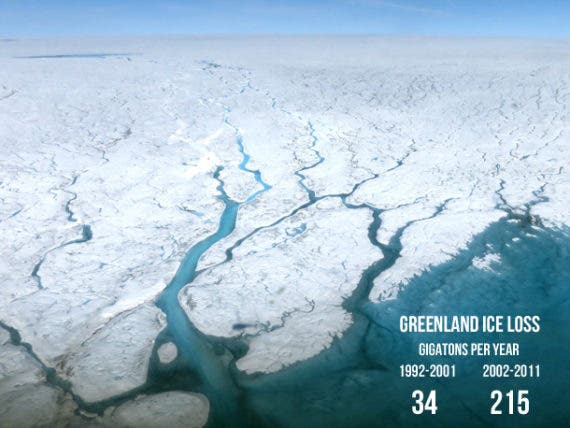Oil Companies Shook My House, Hundreds Of Miles From The Oil Fields
A few months ago, I was in a drive-thru line waiting for my chance to partake in the chicken goodness at Raising Cane’s. Normally, drive-thru lines remind me of a big advantage of EVs: electric motors don’t idle. With a gas-powered car, you’d sit in that line burning gas and … [continued]



